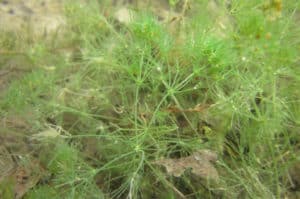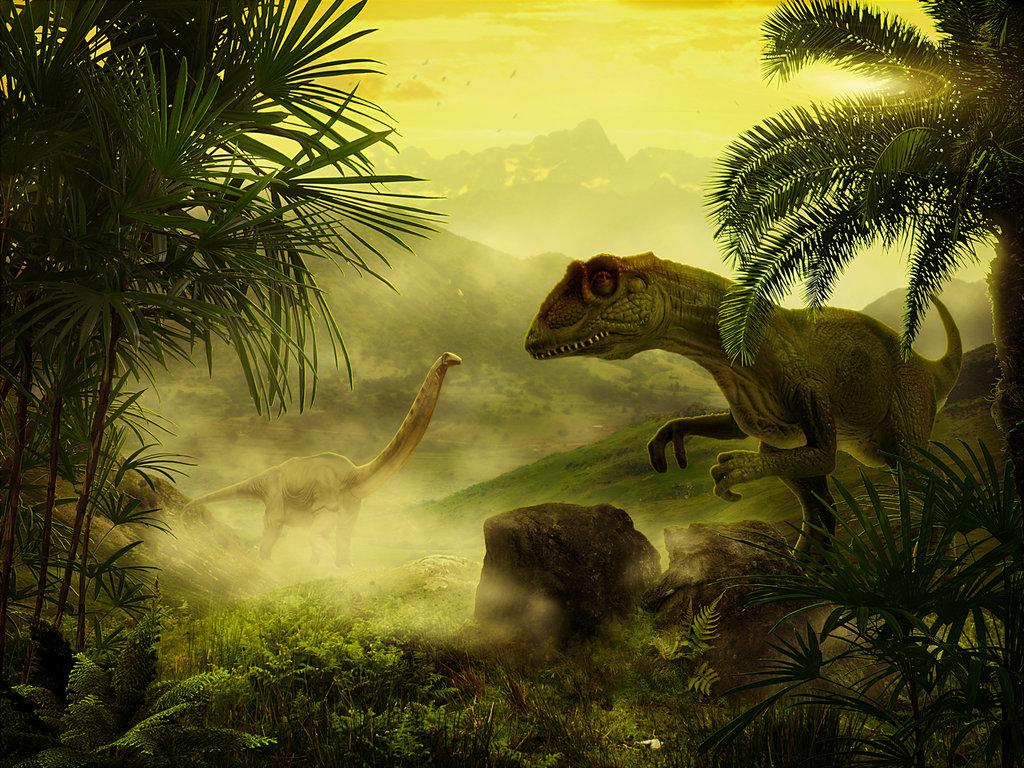The Mesozoic era brought forth more than 180 million years of dinosaurs until their extinction 65 million years ago. About 50 percent of the planet’s animal and plant life survived the Cretaceous-Tertiary mass extinction, also known as the K/T boundary.
For the first time now, a large species of green algae was discovered alive in North America, with the only previous record being fossils dating back to the time of the dinosaurs.
“This means mainly that we don’t know as much about what’s out there as we could,” said McCourt, associate curator of Botany at the Academy of Natural Sciences of Drexel 
Thought to have died out in the western hemisphere for centuries now, the sample collections from 14 lakes across Wisconsin—as well as two in Minnesota— of the plant has now solidified the claim of the only recorded Lychnothamnus barbatus on the western side of the Atlantic Ocean were Argentinian Cretaceous-era fossils. And while
there were 16 locations in the Midwest that Lychnothamnus barbatus was pulled from, there is the possibility that this dinosaur-era plant may have survived into our era elsewhere in North America.“Almost right away we knew we might be dealing with something previously thought to be extinct because it was clearly different from any other species seen in North America,” said McCourt, who helped identify the samples after they were collected. “But we had to look at it closely to confirm the identity and also extract the DNA to confirm.”
“If it went unnoticed, it is probably due to the fact that much of what is in lakes and streams is not thoroughly examined, despite centuries of collecting. We need more feet on the ground, hands in the water, collecting. We are keeping an eye out, but it’s generally in the kinds of habitats that we collect for the other stonewort species that are known to be in America,” McCourt said. “So if it’s there, we will find out by looking in the right places. The trouble is, we don’t know where the right places are.”






























